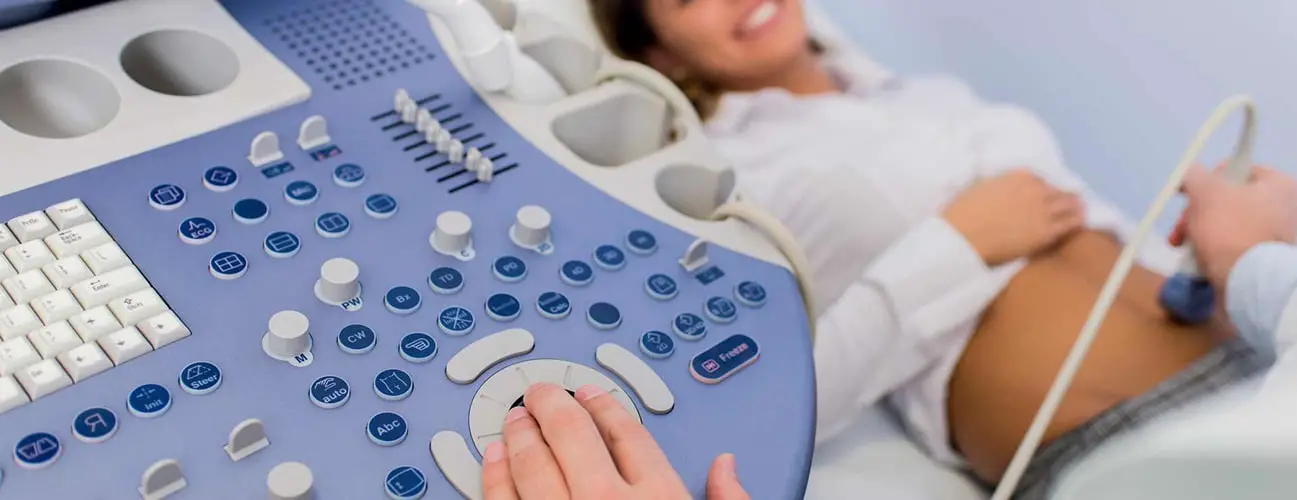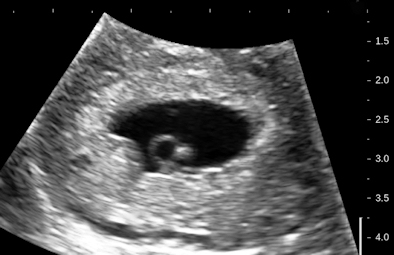

A woman may have both transabdominal and transvaginal ultrasounds to look at the whole pelvic area.

The transducer is shaped to fit into a woman’s vagina. Sometimes, a small sample of tissue (biopsy) may be taken with small tools inserted through the rectum during a transrectal ultrasound. A transrectal ultrasound is the most common test to look at the male pelvic organs, such as the prostate and seminal vesicles. The transducer is shaped to fit into the rectum. A transabdominal ultrasound is commonly done in women to look for large uterine fibroids or other problems. A pelvic ultrasound uses sound waves to help your practitioner view the inside of your pelvic area, which includes your uterus, fallopian tubes, ovaries, cervix. A small handheld device called a transducer is passed back and forth over the lower belly. Pelvic ultrasound can be done three ways: transabdominal, transrectal, and transvaginal.See a picture of male organs seen on pelvic ultrasound. The bladder, prostate gland, and seminal vesicles of a man.

See a picture of female organs seen on pelvic ultrasound. The bladder, ovaries, uterus, cervix, and fallopian tubes of a woman.Chipola Surgical and Medical Specialties LocationsĪ pelvic ultrasound uses sound waves to make a picture of the organs and structures in the lower belly (pelvis).Other Providers Involved in Patient Care.Authorization to Disclose Protected Health Information.Non-Invasive Cardiology/Vascular/Neurology Services.Centers for Medicaid and Medicare Hospital Compare.


 0 kommentar(er)
0 kommentar(er)
